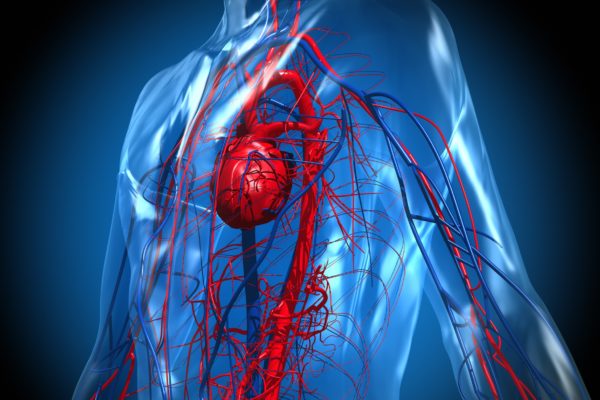
Information on cholangiocarcinoma in Dutch
Cholangiocarcinoma, also known as bile duct cancer, is a type of cancer that is composed of mutated epithelial cells that line the bile ducts, which drain bile from the liver into the small intestine. Other biliary tract cancers include gallbladder cancer and cancer of the ampulla of Vater.
Cholangiocarcinoma is a relatively rare cancer that is classified as an adenocarcinoma, which is a cancer that forms glands or secretes significant amounts of mucins. Just as gallbladder cancer, it usually does not get diagnosed until a fairly advanced stage, which explains the extremely poor outlook: the 5-year survival rate of patients in stage IV is just 1%. In Belgium, 313 people were diagnosed with cholangiocarcinoma in 2015, of whom 179 were male. Most patients are over 65 years old when diagnosed.
Prominent signs and symptoms of cholangiocarcinoma include:
Known risk factors for cholangiocarcinoma include chronic inflammation of the bile ducts, some congenital liver malformations or a medical history involving hepatitis B or C or liver cirrhosis. However, most people with cholangiocarcinoma have no identifiable risk factors.
The disease is diagnosed through a combination of blood tests, imaging, endoscopy, and sometimes surgical exploration, with confirmation obtained after a pathologist examines cells from the tumour under a microscope.
Often, the tumour is discovered by chance, for instance during an ultrasound in patients with jaundice, abdominal pain or unexplained weight loss.
In order to come up with the best possible therapy, it is vital that the exact stage of advancement of the cancer is determined. For this, the TNM classification system is used. T stands for the state of the primary tumour, N denotes the amount of spreading to the lymph nodes and M stands for metastasis to other organs.
In the development of cholangiocarcinoma, four stages are recognised.
The differentiation of the tumour is an important factor in establishing a prognosis and treatment. This can be determined on the basis of a biopsy. A biopsy involves the removal of a small bit of tissue that can be examined under a microscope. Differentiation determines the degree of mutation in the cancerous cells.
An extra classification, the Bismuth staging system, denotes the location of the tumour.
Cholangiocarcinoma is considered to be an incurable and rapidly lethal cancer unless both the primary tumour and any metastases can be fully removed by surgery. No potentially curative treatment exists except surgery, but most people have an advanced stage disease at presentation and are inoperable at the time of diagnosis. People with cholangiocarcinoma are generally managed – though not cured – with chemotherapy, radiation therapy and other palliative care measures. These are also used as additional therapies after surgery in cases where resection has apparently been successful (or nearly so). For patients who are eligible, targeted therapy with FGFR2 inhibitors are an option. Research into this therapeutic area is currently ongoing, with PI3K, mTOR VEGFR and kinase inhibitors all under active investigation.





